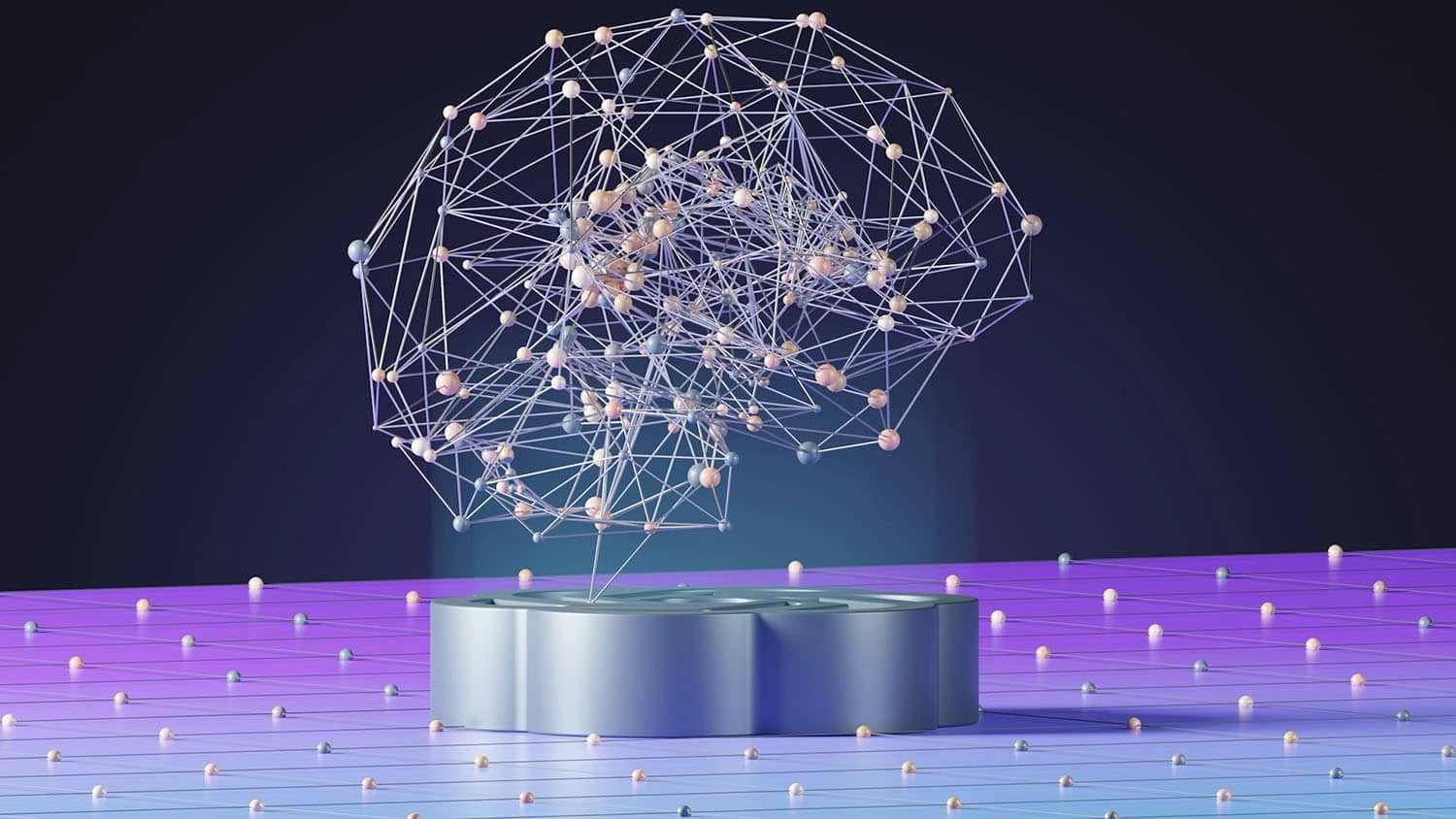For Immediate Release
Researchers have demonstrated that engineered surfaces can be hydrophilic – meaning they have a strong affinity for water – and yet extremely slippery. The work runs counter to conventional wisdom regarding the development of slippery materials, and suggests a new area of research for the field.
“This finding is counter-intuitive, since the longstanding view has been that slippery surfaces tend to be hydrophobic – they repel water,” says Arun Kumar Kota, corresponding author of a paper on the work and an associate professor of mechanical and aerospace engineering at North Carolina State University.
“But we’ve now demonstrated a way to engineer the surface of materials that makes them both very slippery and hydrophilic, or SLIC, surfaces. We have some specific applications where we think this may be useful, but this is essentially an unexplored class of surfaces. A lot of work needs to be done to fully understand the scope of potential applications.
“We’ve also articulated exactly how these SLIC surfaces can be designed, so that other researchers can expand what appears to be a very promising field,” Kota says.
Previous ways of engineering a solid surface to make it slippery tended to take one of three approaches. One approach was to texture the material to trap a layer of air against the surface, with that air pocket serving as a lubricant. The second approach was to texture the surface and trap a layer of liquid lubricant against the material that would allow it to slide past other liquids or solids. In both of these cases, damage to the texture of the surfaces due to repeated use makes them less slippery. Similarly, the loss of the gaseous or liquid lubricants over time also makes them less slippery.
The third approach has been to uniformly attach molecules to smooth, solid surfaces. This combination of uniformity and smoothness allows liquids to slide easily against the surface. “However, the vast majority of the molecules used to create these slippery surfaces are hydrophobic, because the longstanding view has been that slippery surfaces tend to be hydrophobic – so that’s what researchers have focused on,” Kota says.
For example, think of a non-stick pan. The surface is hydrophobic, so if you pour a small amount of water on the pan, the water is repelled by the surface and forms a relatively round bead. The surface is also slippery, so that bead of water slides off.
But being slippery and being hydrophobic aren’t the same thing. SLIC surfaces show that something can be hydrophilic and slippery. If you pour water onto a slippery, hydrophilic surface, two things happen. One, the water will have strong affinity for the surface, so it spreads out into a flattish bead. Two, because the surface is also slippery, that flattish bead of water will slide off without a trace.
“There have been very few papers over the years that have touched on hydrophilic, slippery surfaces, and this area has really been overlooked,” Kota says. “This new work demonstrates that hydrophilic, slippery substances work, and lays out the physics behind how it works.”
There are two types of applications the researchers are particularly excited about: biomedical technologies and condensers.
For biomedical applications, the researchers would like to take advantage of the anti-fouling properties of SLIC surfaces. In short, it is particularly difficult for proteins to stick to SLIC surfaces.
“Proteins cover almost the entire surface of both conventional hydrophilic materials and slippery, hydrophobic materials in about a minute,” Kota says. “We’ve demonstrated that, even after 30 hours, virtually no proteins are able to adsorb on a SLIC surface.
“This is useful in many ways,” Kota says. “For example, this resistance to protein adsorption would make it more difficult for undesirable bacteria to grow on a surface, could significantly reduce blood clotting on biomedical implants, and so on.”
As for condensers, many technologies – such as air conditioners and power plants – have condenser components. These components have a cool surface on which water vapor condenses. On conventional hydrophilic surfaces, the condensed water forms a film – which effectively serves as an insulator for the condenser surface, reducing its efficiency. On slippery, hydrophobic surfaces the water vapor will slowly form beads on the surface and then slide off.
“But on a SLIC surface, the hydrophilic nature of the surface allows water vapor to condense more quickly, and the slippery nature of the surface means that water still slides off easily – making the condensers more efficient,” Kota says.
“No pun intended, but we’re really just scratching the surface of what might be possible with SLIC surfaces.”
The paper, “Designing Non-Textured, All-Solid, Slippery Hydrophilic Surfaces,” is published in the journal Matter. Co-first authors of the paper are Kota’s students Sravanthi Vallabhuneni, a Ph.D. student at NC State, and Hamed Vahabi, a recent Ph.D. graduate from Colorado State University. The paper was co-authored by Wei Wang, a former postdoctoral researcher at NC State who is now on faculty at the University of Tennessee; Mohammadhasan Hedayati, Matt Kipper and Diego Krapf of Colorado State University; and Nenad Miljkovic of the University of Illinois at Urbana-Champaign and Kyushu University.
The work was done with support from the National Science Foundation, under grant number 1751628, and from the National Institutes of Health, under grant number R01HL135505.
-shipman-
Note to Editors: The study abstract follows.
“Designing Non-Textured, All-Solid, Slippery Hydrophilic Surfaces”
Authors: Hamed Vahabi, Mohammadhasan Hedayati, Matt J. Kipper and Diego Krapf, Colorado State University; Sravanthi Vallabhuneni and Arun K. Kota, Colorado State University and North Carolina State University; Wei Wang, Colorado State University, North Carolina State University and the University of Tennessee; Nenad Miljkovic, University of Illinois at Urbana-Champaign and Kyushu University
Published: Oct. 7, Matter
DOI: 10.1016/j.matt.2022.09.024
Abstract: Slippery surfaces are sought after due to their wide range of applications in self-cleaning, drag reduction, fouling-resistance, enhanced condensation, biomedical implants etc. Recently, non-textured, all-solid, slippery surfaces have gained significant attention because of their advantages over super-repellent surfaces and lubricant-infused surfaces. Currently, almost all non-textured, all solid, slippery surfaces are hydrophobic. In this work, we elucidate the systematic design of non-textured, all-solid, slippery hydrophilic (SLIC) surfaces by covalently grafting polyethylene glycol (PEG) brushes to smooth substrates. Furthermore, we postulate a plateau in slipperiness above a critical grafting density, which occurs when the tethered brush size is equal to the inter-tether distance. Our SLIC surfaces demonstrate exceptional performance in condensation and fouling resistance compared to non-slippery hydrophilic surfaces and slippery hydrophobic surfaces. Based on these results, SLIC surfaces constitute an emerging class of surfaces with the potential to benefit multiple technological landscapes ranging from thermofluidics to biofluidics.
This post was originally published in NC State News.
- Categories:



